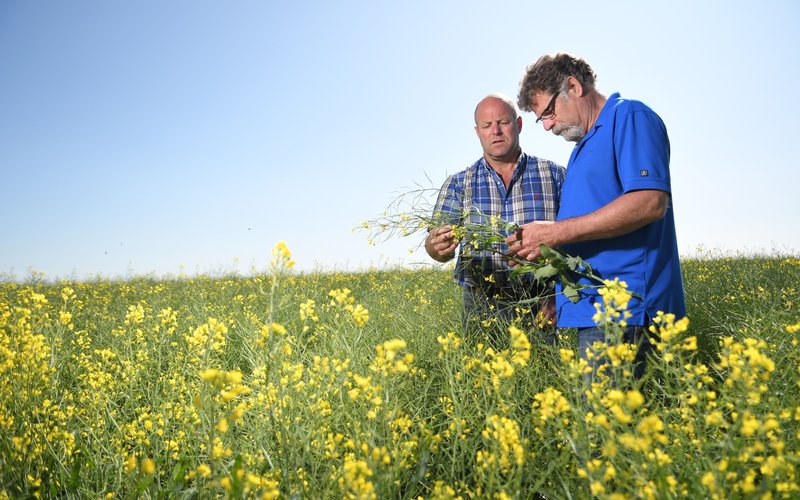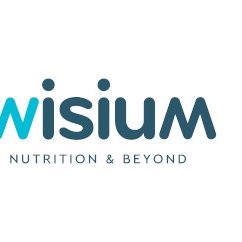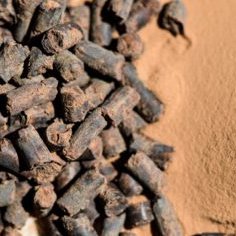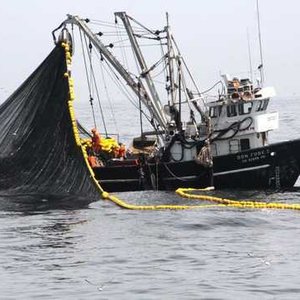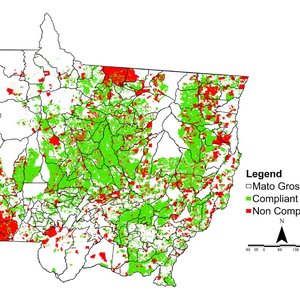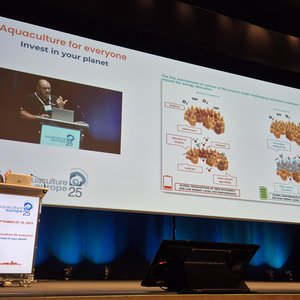Viterra plans to build a world-class canola crushing facility in Regina, Saskatchewan, Canada. The company is in the feasibility stage to finalize the plant’s capabilities and design, with an initial targeted annual crush capacity of 2.5 million metric tons, which would make it the world’s largest integrated canola crush facility.
“Viterra is a large global player in the oilseed crushing industry, with quality assets throughout our agriculture network,” said David Mattiske, CEO of Viterra. “Over the years, we have made a number of strategic investments in Canada and we are excited at the potential opportunity to further enhance our processing business. We look forward to leveraging our expertise at this new state-of-the-art facility, and connecting our customers to additional opportunities within our supply chain.”
Oilseed crush demand is expected to continue strengthening in the long term, given continued demand growth for canola oil in food usage, as well as increases in meal consumption in animal feed markets. Additionally, this plant will play a key role in supplying the feedstock required for renewable fuel production. The additional production is vital to support the federal government’s intended Clean Fuel Standard, which aims to help reduce Canada’s greenhouse gas emissions.
“We are pleased to have the opportunity to pursue this substantial and historic investment in our asset network, which demonstrates our confidence in the future of western Canadian canola production, said Kyle Jeworski, CEO of Viterra North America. “Through this project, we will be able to further leverage our strong relationships with farm customers and support Saskatchewan’s growth plan for expanded value-added processing capacity. Further, this project will have a long-lasting and positive local economic impact, both in terms of employment-related to the facility’s construction and permanent employment once the plant is up and running.”
Completion of this project is subject to successful negotiation and finalization of various permits, licensing, agreements with third parties and final approvals both internally and externally. The plant is targeted to be operational in late 2024.


